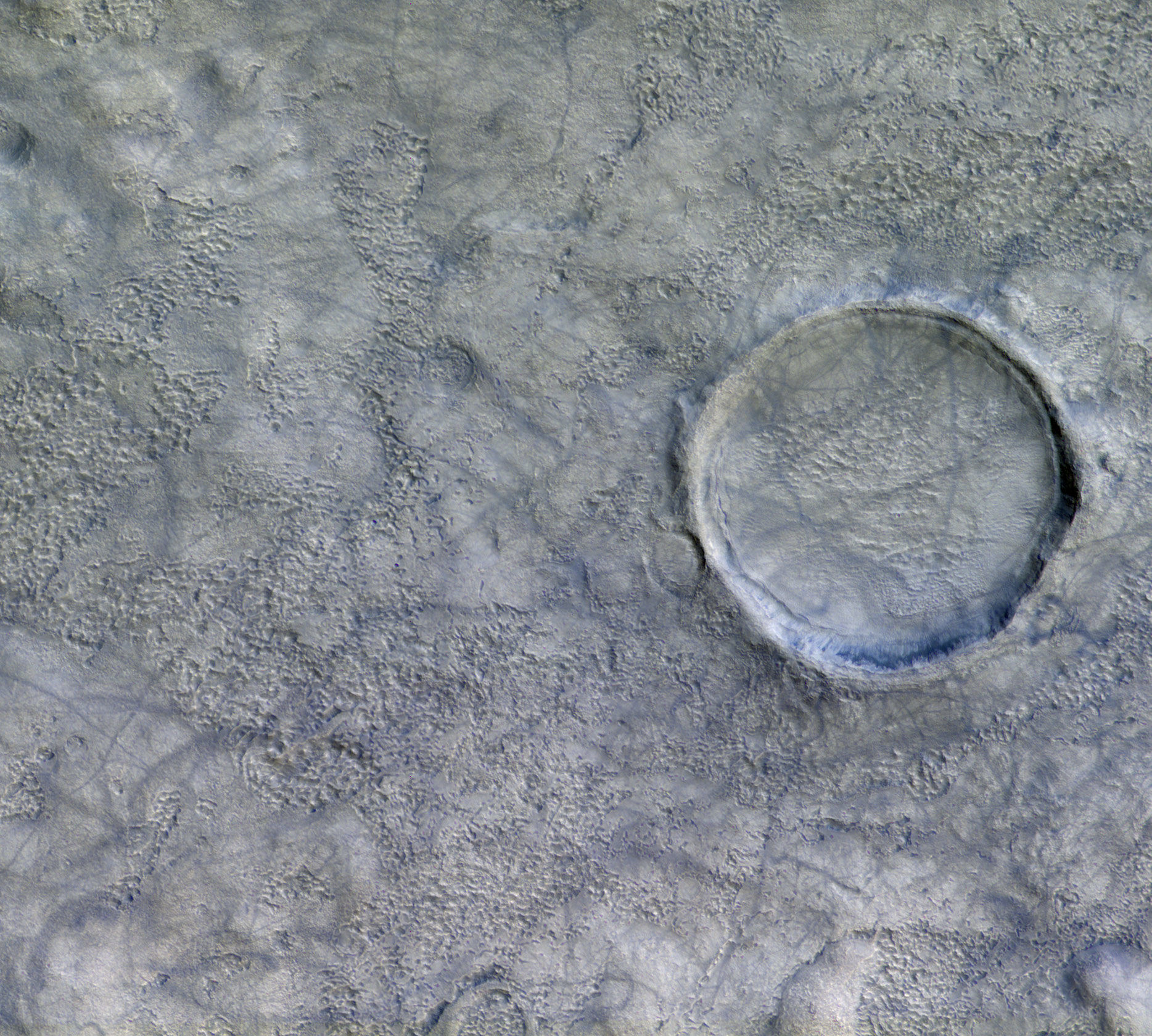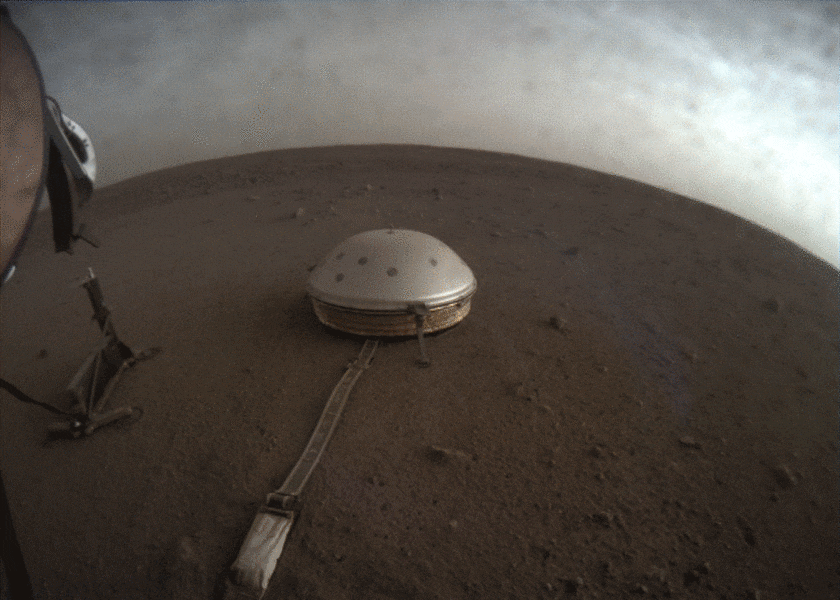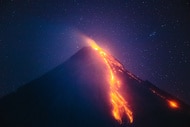Create a free profile to get unlimited access to exclusive videos, sweepstakes, and more!
Mars: A world both familiar and alien

Mars is considered to be a terrestrial planet, which is to say similar to Earth (as opposed to the giant planets, which are about as different as planets can get from our home).
Despite that, Mars is wildly different from Earth as well. It’s a little over half the diameter of Earth, with 1/3rd the gravity, and far enough from the Sun to make it pretty cold — it can actually reach human-supporting temperatures on the equator in summer at noon, but even then at night it plummets enough to kill a human pretty quickly.
Not that it matters; the air is so thin the temperature wouldn’t be a huge concern anyway. Atmospheric pressure on Mars changes wildly with season (in winter, the carbon dioxide literally freezes out of the air, dropping the pressure substantially), averaging about 0.6% of Earth’s at sea level. The air is hardly there.
But it is there, even if fatally thin by human standards. This is still enough to have all sorts of effects on the surface, including erosion, dune building, and creating vast, global dust storms.
So there’s a funny kind of dichotomy going on there, at least by how I think of weather. There’s enough air on Mars to support weather, and in some ways it isn’t that different than on Earth, but in other ways still joltingly reminds me that this is, indeed, an alien planet.
For example, I recently wrote about the Mars InSight lander getting images of a sunrise and sunset on Mars. Despite the weird nature of the colors — the sky is redder during the day and bluer at sunset, the opposite of what it’s like here — seeing the Sun on the horizon somehow evokes a feeling of familiarity.
As part of that same press release, NASA also showed an animation taken by InSight’s Instrument Context Camera, which is located below the lander’s instrument deck and has a wide-angle (“fish-eye”) lens on it to show as much of the Martian surface as possible around the scientific instruments its robotic arm placed on the ground. The camera also sees some of the sky above, and the animation shows clouds moving across the sky:
I’ll admit to being somewhat shocked by this animation! That looks like that could’ve been taken on a nice spring day in, say, Arizona or New Mexico (to get the red dirt everywhere). It’s so… mundane.
But it’s not. It’s Mars. I have to laugh at being surprised at the apparent normalcy of the video — it’s fairly ironic — but then I got a second jolt. The animation above is raw; that is, right off the camera, so it hasn’t been color and brightness corrected. When that processing was done, the animation shows the sky to be even bluer! The images used to make it were taken in the late local afternoon as the Sun was setting, so the blue sky near the Sun is jarring. On Earth it would be hazy white or reddish, so this is yet another reminder that on Mars, the familiar and the alien mix together with alacrity.
Another example of this strange juxtaposition can be seen from orbit. ESA’s ExoMars Trace Gas Orbiter — which recently added to the mystery of methane in the atmosphere of Mars — has a high-res camera on board called CaSSIS, capable of seeing details on Mars down to about 10 meters across. In January, it took this stunning shot:
(I rotated it from the original to fit it on the blog better.)
This is not a natural color image; I couldn’t find the filter combination they used so I’m not sure what the colors are (the HiRISE camera on Mars Reconnaissance Orbiter does something similar sometimes, where near-infrared is mapped to red in images, red is mapped to green, and blue/green is mapped to blue; this may be similar).
But what it shows is quite natural: All those blue tracks all over the place aren’t from Martian dune buggies; they’re from dust devils!
Dust devils are similar to tornadoes (whirling vortices of air) though they have different origins. They’re also much weaker, and don’t do much damage. But they’re strong enough to lift the very fine dust ubiquitous on Mars, removing it so we can see through to the basaltic rock beneath. Basalt is grayish, and the dust lighter red (from iron oxide, aka rust), but in this image the basalt looks bluish and the dust lighter gray. Weird, I know.
Anyway, this area of Mars, in Terra Cimmeria (in the southern mid-latitudes of Mars), gets lots of dust devils, which is pretty obvious. And that brings me back to my original theme: Dust devils are common on Earth, too. I’ve seen dozens, from small ones with leaves in them moving around buildings and down sidewalks, to huge ones in Utah filled with dust and hundreds of meters high. They’re amazing. Mesmerizing.
So it’s another taste of the familiar on another planet, except with that weird color twist to them. These tracks tend to fade after about a Martian year or so, another testament to the fact that weather does indeed exist on the Red Planet.
We’re still learning about Mars, and images like these help us understand it. So when you see images of it from space, or from the surface, remember that, like Earth, it’s a planet… but it’s a different planet.

















